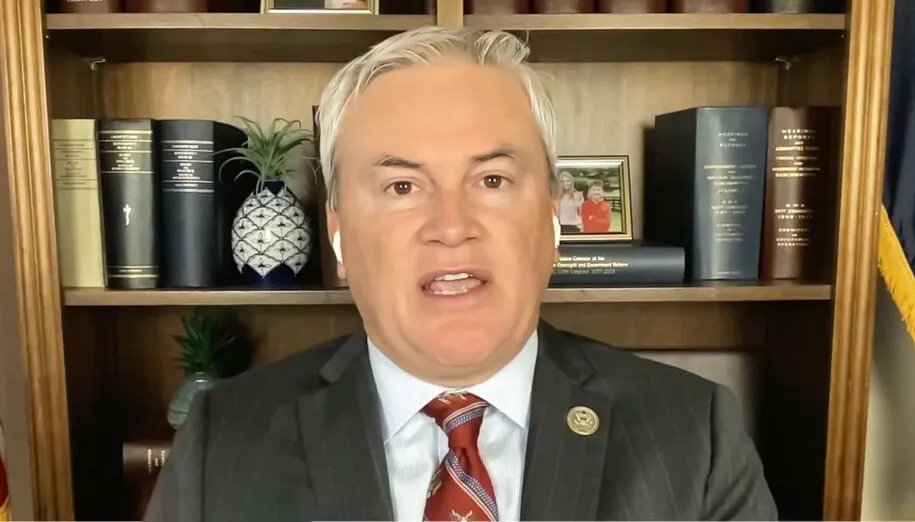If you are having a hard time understanding the KRS pension problem, you’re not alone. The terminology can be arcane, the numbers big, and the implications difficult to grasp. The PFM reports are long and dry, and you might be forgiven if you looked in vain for a plain-language outline.
But thanks to the excellent work done by the Kentucky Center for Economic Policy, we have a good summary of the issues inside the PFM proposals. (You can read the entire KCEP article here.) Here are some things you should know.
PFM used actuarial assumptions that are too conservative
Actuarial assumptions are the factors the plans use to calculate how much money they will need in the future to pay benefits, and how much they can expect to get in the return on their investments. PFM recommended changing these as follows:
Use a level-dollar approach for the Teachers Retirement Systems — This approach says the state should be contributing NOW the same amount it would 30 years from now, without taking into account an inflation factor. This obviously makes the current funding look worse than it actually is. (Note that almost no pension systems use a level-dollar approach.)
Lower your expected investment returns — Historically, the stock market returns 7%, and recent returns have been even higher. PFM drops this to 6% for most plans, and even to 5.1% for some plans. How big a deal is this? The TRS system had $17.6 billion in assets in their last annual report. A drop from 7% return to 6% return means you need $176 million more, each year. Project that into the future, and it’s a big difference.
Based on these two changes, PFM says the state will need to put an ADDITIONAL $1.8 billion into the pension systems in 2019, with TRS along making up $862 million of that. Of course, if you don’t make those changes to the underlying assumptions, then you don’t need that extra money. But, putting those assumptions in place so the deficit is even larger lays the groundwork for recommending the following changes.
PFM recommended these pension cuts and changes
Claw back cost-of-living increases put into the plans in the past. This means taking back the COLAs already handed out. Obviously, you can’t ask retirees to send you a check for the difference, so how do you claw this money back? By cutting benefits going forward. KCEP notes that persons already retired could have benefits cut 25% or more.
Eliminate cost-of-living increases in the future. Our teachers, who do not participate in Social Security, would be one of the few groups in America who have a pension without cost-of-living adjustments.
Freeze pensions for current workers and move them all to 401k plans, which means the benefits they were promised when hired (a pension) suddenly vanished. As noted by KCEP, workers in 401k plans receive benefits 30 to 48 percent smaller for the same upfront cost.
Change full-retirement calculation from years-served to age. This moves the goalposts to 60 for hazardous duty workers (police officers, firefighters) and to 65 for everyone else, including teachers. Again, this eliminates a benefit they were promised when hired, and one of the reasons they accepted a lower salary than they would get in the private sector.
Move new teachers into Social Security. This means that instead of contributing 5.8% of payroll into the pension system, school systems will have to pay 6.2% into Social Security PLUS a 401k match of up to 5%, thus shifting even more costs to local school systems from the state. This also means that payments into the pension system from school boards will cease, thus adding to the costs of the persons remaining in the pension system. As noted in the same report (above) from KCEP, 14 other states considered such a move, but concluded that doing so actually increased their costs.
No answers about legality of these changes
There are questions as to whether these changes are legal, since they are removing benefits that were promised (the “inviolable contract” you may have heard mentioned).
Note also that when asked about these question as to legalities, both the consultant and the chair punted on the question.
(Thanks to KCEP for their ongoing excellent work on this issue, and others. If you aren’t on their mailing list, you should be. And, you should also consider donating to their work, as it is solid and necessary.)
–30–
Thoughts? Something to share? Scroll down and leave a comment!
Comments






